Panda tetra - Aphyocharax paraguayensis
Scientific name: Aphyocharax paraguayensis
Common name: Panda tetra
Family: Characidae
Usual size in fish tanks: 3 - 4 cm (1.18 - 1.57 inch)
014
Recommended pH range: 6.5 - 7.2
Recommended water hardness: 5 - 15°N (89.29 - 267.86ppm)
0°C 32°F30°C 86°F
Recommended temperature range: 22 - 26 °C (71.6 - 78.8°F)
The way how these fish reproduce: Spawning
Where the species comes from: South America
Temperament to its own species: peaceful
Temperament toward other fish species: peaceful
Usual place in the tank: Top levels
Origin
The Panda Tetra (Aphyocharax paraguayensis) is native to the river basins of the Rio Paraguay in South America. In the wild, they inhabit densely vegetated streams and small tributaries with soft, slightly acidic to neutral water. These areas are typically shaded by overhanging plants and trees, providing ample cover and a variety of microhabitats. The natural environment of Panda Tetras is crucial to mimic in the aquarium for their optimal health and well-being.
Lifespan
With proper care, Panda Tetras can live between 2 to 5 years in an aquarium. Their lifespan can be maximized by maintaining stable water conditions, offering a balanced diet, and ensuring a stress-free environment.
Short Description
Panda Tetras are small, hardy, and active fish known for their striking black and white markings. Reaching a size of 3-4 cm (1.18-1.57 inches), they are best kept in groups of at least 6 to minimize fin-nipping behavior. These fish are energetic swimmers and display natural schooling behavior when kept in groups. Due to their occasional fin-nipping, they are not ideal candidates for community setups, especially with long-finned or slow-moving species. A species-only tank is recommended, where they can thrive and exhibit their natural behaviors without disrupting other fish.
In the aquarium, they prefer plenty of open swimming space, so confine taller plants to the rear and sides of the tank. As they primarily inhabit the top levels of the tank, the substrate is not a major concern. Sand or small, smooth-edged gravel works well. Panda Tetras appreciate dim lighting, which can be achieved by adding floating plants to diffuse the light. Replicating their natural habitat with reduced water flow, abundant vegetation, and ample cover helps reduce stress and keeps them active.
General Care Tips
Panda Tetras are relatively easy to care for, provided that their tank environment closely mimics their natural habitat. Maintain the water temperature between 22-26°C (71.6-78.8°F) with a pH range of 6.5-7.2. The water hardness should be kept between 5-15°N (89.29-267.86 ppm). To ensure their health, perform regular weekly water changes of about 20-30% to keep the water quality high and prevent the buildup of toxins like ammonia and nitrites.
Panda Tetras are highly active and should be kept in schools to feel secure. Providing plenty of hiding spots using driftwood, plants, and rocks will help mimic their natural environment and reduce stress. They can be shy and may hide if kept in a sparse tank setup. A slow water flow is preferred, as it closely resembles their natural habitat in the wild, where vegetation and plant debris suppress water movement.
Food and Feeding
In the wild, Panda Tetras feed on small invertebrates, larvae, and plant matter. In the aquarium, they are adaptable eaters. While they prefer live foods, they will readily accept high-quality flake or small pellet foods as their staple diet. Supplement their diet with live or frozen treats like brine shrimp, bloodworms, and white worms to maintain their health, vibrant coloration, and overall activity level. To add variety and ensure balanced nutrition, consider offering finely chopped vegetables, such as blanched spinach or zucchini, once in a while. Over time, they will adapt to a variety of foods, but ensure that food particles are small enough to fit into their tiny mouths to prevent choking or digestive issues.
Sexing
Sexing Panda Tetras is relatively straightforward. Females tend to be larger, rounder, and have a more stocky body shape compared to the slimmer, sleeker males. During spawning, males may display slightly more vibrant coloration and become more active in their courtship behavior, chasing and displaying to females.
Breeding
Breeding Panda Tetras in captivity is possible with the right conditions. Large water changes using slightly cooler water can trigger spawning behavior. Provide a separate breeding tank filled with fine-leaved plants like Java Moss or spawning mops to give the eggs a place to settle and reduce the risk of the parents consuming them. Use a gentle sponge filter to maintain water quality without creating too much current, as strong water flow can disturb the eggs.
These tetras are egg scatterers, and the female will release hundreds of tiny eggs during the spawning process. Once spawning is complete, it is crucial to remove the parents from the breeding tank to prevent them from eating the eggs. The eggs usually hatch within 2-3 days. Once the fry become free-swimming, feed them with infusoria or commercially available liquid fry food until they are large enough to accept newly hatched brine shrimp. Ensure that the water quality in the breeding tank remains stable, as fry are particularly sensitive to fluctuations in water parameters.
Conclusion
The Panda Tetra is a lively, peaceful species that adds activity and a splash of color to a species-only aquarium. By providing a well-planted environment, maintaining stable water conditions, and offering a varied diet, these fish can thrive and display their striking black and white markings. Their relatively small size and schooling nature make them an excellent choice for hobbyists looking to create a natural and harmonious setup. With a bit of patience and care, even breeding them in captivity is possible, contributing to their ongoing presence and conservation in the aquarium hobby.
Pictures
Bought by aqua-fish.net from jjphoto.dk.
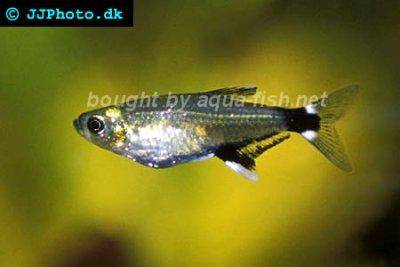



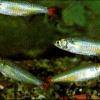 Bloodfin
Bloodfin 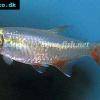 Bloodfin
Bloodfin 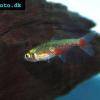 Green
Green 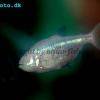 Blind
Blind  Kennedy
Kennedy 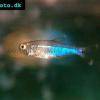 Blue
Blue 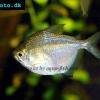 Discus
Discus 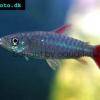 Pink
Pink 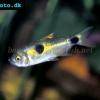 Bucktoothed
Bucktoothed 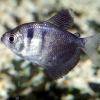 Black
Black 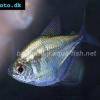 False
False 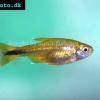 Silver
Silver  Hemigrammus
Hemigrammus 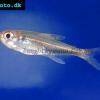 Dash-dot
Dash-dot  Rummy
Rummy 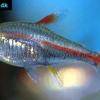 Glowlight
Glowlight 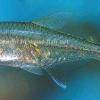 January
January 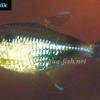 Head
Head 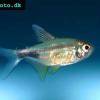 Garnet
Garnet 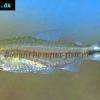 Rummy
Rummy  Gold
Gold  Red
Red 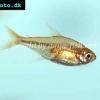 Ember
Ember 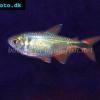 Buenos
Buenos 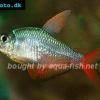 Colombian
Colombian 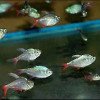 Ecuador
Ecuador  Bleeding
Bleeding 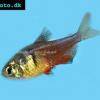 Flame
Flame 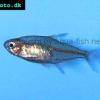 Georgett’s
Georgett’s 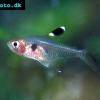 Griems
Griems  Kitty
Kitty 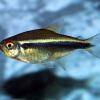 Black
Black 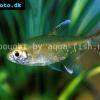 Firefin
Firefin 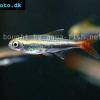 Loreto
Loreto 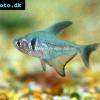 Black
Black 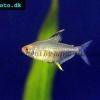 Lemon
Lemon 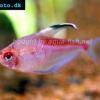 Redback
Redback 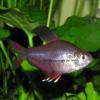 Rosy
Rosy 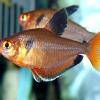 Serpae
Serpae 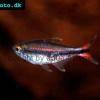 Savanna
Savanna 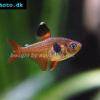 Red
Red 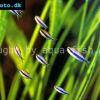 Blue
Blue 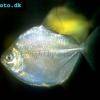 Silver
Silver 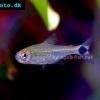 Ceros
Ceros  Napo
Napo 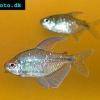 Diamond
Diamond 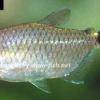 Red
Red 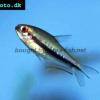 Rainbow
Rainbow 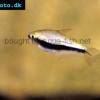 Emperor
Emperor  Cardinal
Cardinal 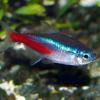 Neon
Neon 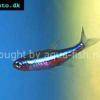 Green
Green 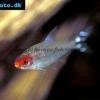 False
False  Glass
Glass 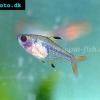 X-ray
X-ray 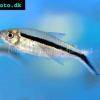 Penguin
Penguin